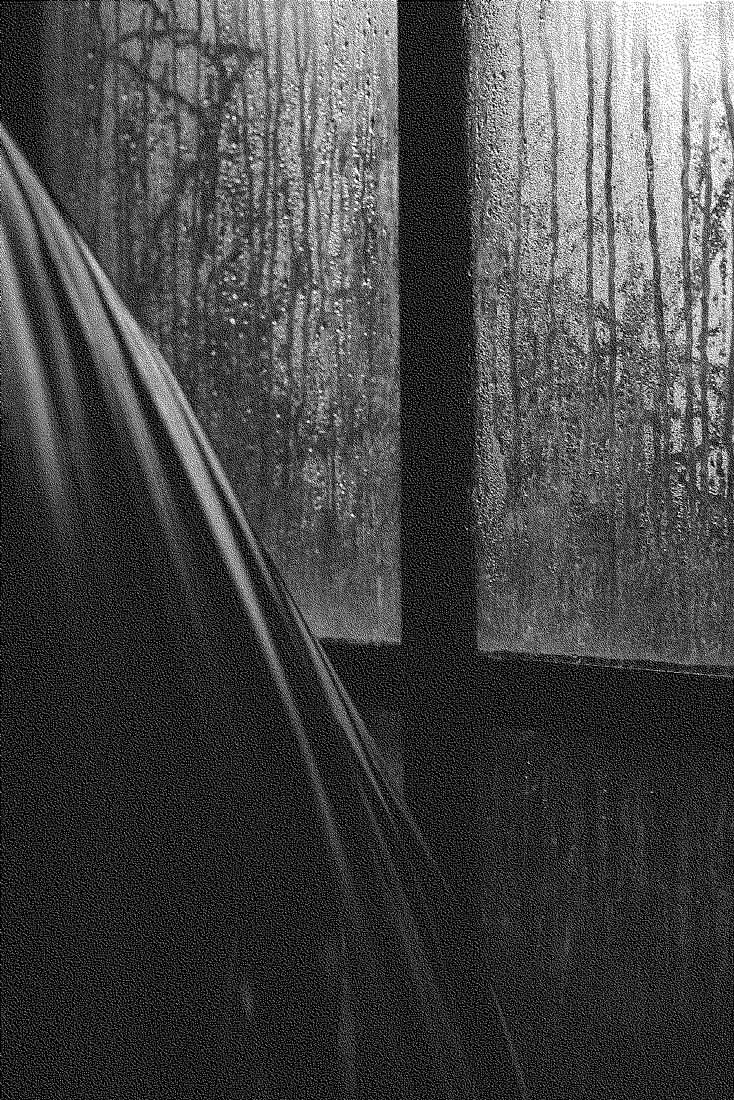
From a thermal point of view, everyone agrees that single glazing generates colossal losses and insulates about as well as a sheet of paper.
In single glazing, the surface resistance of the two sides of the glass contributes more to thermal insulation than the resistance of the glass alone.
Everyone also agrees that single glazing creates a particularly unpleasant cold wall effect nearby, deplorable for winter thermal comfort and generating condensation.
However, if we change perspective, the fact that condensation is localized on a glazing and not at the level of a thermal bridge hidden in the envelope is relatively favorable, because it is visible and can be easily absorbed.
Before double glazing became widespread, it was common to place a towel or cloth under a window to collect condensation water in winter.
Single glazing then had the function of collecting moisture and made it possible to dehumidify the indoor air at a lower cost.
But what about discomfort and heat loss?
Traditionally, openings were always protected by shutters on the outside and curtains or blinds (or both) on the inside.
Interior curtains and blinds limited the sensation of a cold wall and modestly contributed to improving the thermal resistance of the opening.
It was modern architecture that generalized bare glass in single glazing, without curtains or interior shutters.
If you visit Le Corbusier's early buildings, like those in Pessac near Bordeaux, you will see that he liked large single-glazed windows in heated rooms.
Modern architecture has led us to believe that single glazing can work on its own and has carefully eliminated all additional elements.
In short, the idea is not to rehabilitate single glazing as such.
I am trying to show that we can look at these hygrothermal weaknesses differently from a low-tech perspective.
Sources: Maison paysannes de France, Jean-Marc Bernard
Image: Unsplash, Richard Stachmann